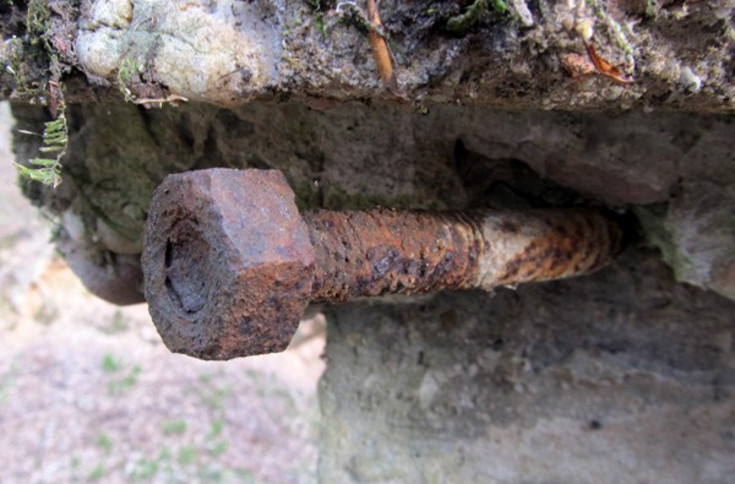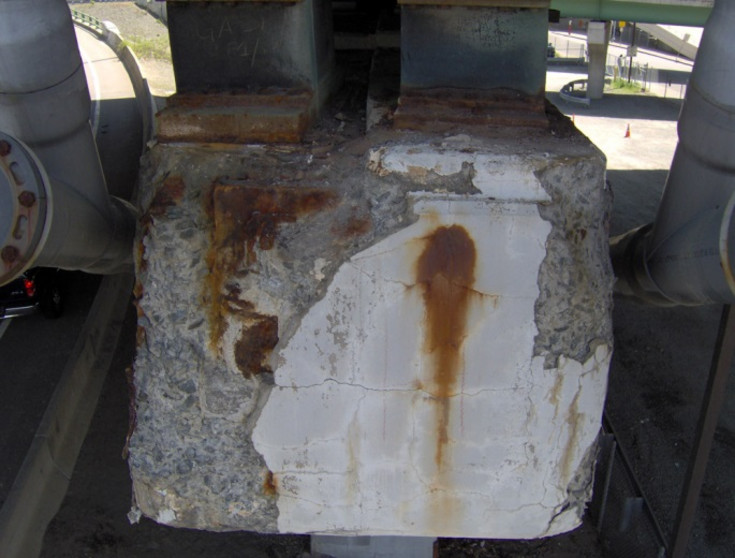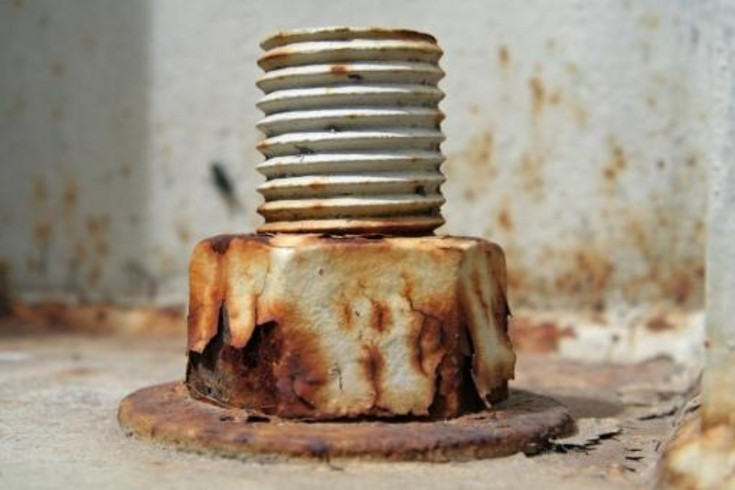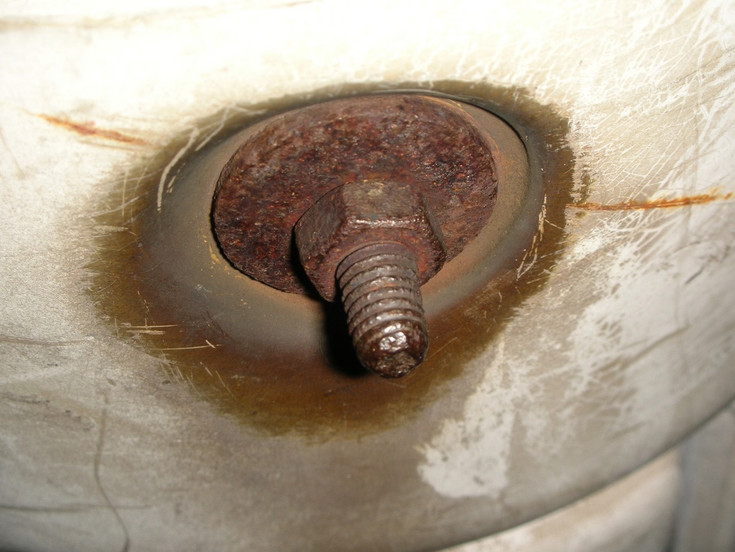The life-cycle performance and robustness of fastening systems is influenced by many time dependent processes, which alter the mechanical characteristics of fastening systems established for the time of construction/installation t0 in WP1. These processes partly interact and thus decrease or increase their effect. Furthermore the effects of extreme events, of sustained loads but also cyclic loads on the remaining service life and thus the life-cycle robustness of fastening systems need to be accounted for.
Deterioration mechanisms of interest
When considering the Limit States (LS) caused by the degradation of reinforced concrete structures, four kinds of attacks may be distinguished. All of subsequently listed actions will be theoretically studied and evaluated with respect to their significance for fastening systems. The governing deterioration mechanisms will be experimentally investigated and with priority modeled.
Mechanical Load:
- Static load and its distribution over the time;
- Dynamic load (seismic load, vibrations of engines or vehicles);
- Long-term loading (static and dynamic) -> creep, cyclic creep, fatigue, relaxation;
- Impact (explosion, collisions of vehicles, partial collapse) -> strain rate effects.
Physical:
- Normal temperature (-20 to +60);
- Relative Humidity;
- Extreme Temperature (Fire);
- Freeze-thaw.
Chemical:
- Carbonation;
- Chloride and acid attack;
- Alkali-aggregate reaction.
Electrochemical:
- Corrosion of reinforcement -> spalling, reduced confinement;
- Corrosion of anchorage.
At the beginning of the research project development, the two most frequent and severe aging effect will be taken into consideration. Considering fastening systems as an interaction of different material components, (from concrete and steel to mortar and epoxy resins), Carbonation of concrete cover and the consequently Corrosion of the reinforcement and anchors are intended to be the most severe and frequent chemical attack due to environmental exposure.
What also need to be captured is the behavior of those different component as a one whole system and how those develop strength in time. Therefore, the creep and shrinkage issue must be study in all participating components.
For concrete, existing creep models comprise the RILEM model B3 [112], the ACI-model 209 [113], the fib model code 2010 model [114] and the Gardner model [115]. During a research visit, the Dr. Wendner, the proposed director of the CDL, joined the wordleading expert in creep and shrinkage at Northwestern University. There he developed together with Prof. Bažant the new prediction model B4 for multi-decade creep and shrinkage, applicable to both old but also modern concretes with admixtures.
The main features of the new model B4 comprise a split into autogeneous and drying shrinkage with proper physically based interaction formulation, correction factors for the influence of various admixture types but also the consideration of aggregate type.
Experimental
In this work package factors that influence the capacity of anchorages are analyzed. In addition to a quantification of the impact of certain influences on the mechanical characteristics of fastening systems, an additional goal of the experimental investigation is the determination of critical thresholds of environmental loadings for the initiation of e.g. carbonation of the concrete or the ingress of chlorides into the concrete, depassivation of reinforcing steel and in consequence the lowering of the possible bearing capacity of fasteners or anchor systems.
In addition to standard mechanical tests on reference samples, tests on samples after different stages of deterioration are performed. Advanced sensing technologies using e.g. infrared sensors or multi-spectral sensors supplement the picture drawn by load cells, strain gages and DIC surface measurements.
A particularly interesting and relevant research topic is the interaction of rebar corrosion, spalling, changes in the global stress field and their influence on the load carrying capacity and life-cycle performance of anchorage systems.
Numerical Modeling
An efficient investigation of ageing effects and the influence of various environmental conditions on the life-cycle performance and robustness of fastening systems requires more advanced modeling concepts than introduced and developed in WP1. The established framework will be extended by prediction models for all investigated environmental influences and extreme situations. The interaction of mechanical response and physical phenomena will be covered by the extension of the framework to so called multi-phase models.
Proposed solution and methodology
Since 1995 a scientific collaboration exists between the Institute of Structural Engineering and fischerwerke, which was extended in 2005 to also include Hilti. In addition to significantly improving the mechanical understanding of fastening technology also deterioration mechanisms have been studied together with Prof. Gehlen, Technical University Munich, in recent years, see e.g. a joint report on the long-term behavior of bonded anchors [102].
When considering the Limit States (LS) caused by the degradation of reinforced concrete structures, four kinds of attacks may be distinguished. All of subsequently listed actions will be theoretically studied and evaluated with respect to their significance for fastening systems. The governing deterioration mechanisms will be experimentally investigated and with priority modeled.




